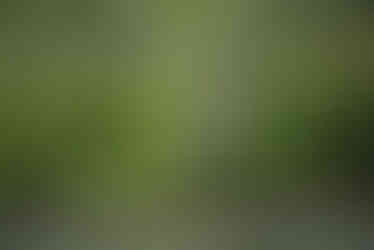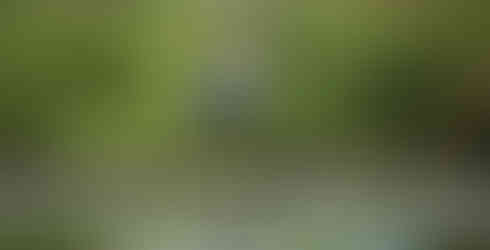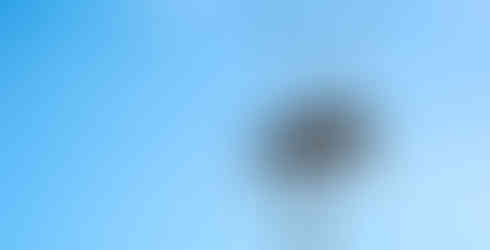Big Nest, Skinny Tree
- Em
- Jun 2, 2016
- 1 min read
The Great Blue Heron is in my opinion one of the largest most majestic looking bird in Canada. I occasionally see some adults while kayaking by a marsh near my cottage.
I took the RV Bootle Bumtrinket out to look specifically for frogs. I had just read some literature about identifying frogs by their calls. This proved difficult as I'm sure you can imagine, simply reading about what a frog call sounds like is not super helpful when actually listening.
Good news though I recently took a Herpetology course and learned the best way to identify fog calls is by listening to them on youtube first.
So I was patiently waiting by the waters edge looking/listening for frogs and this Great Blue Heron decided to join me. Great Blue Herons main source of food is frogs and fish which they stock by the waters edge. We both spent a good amount of time looking for frogs but neither of us had any luck.
Great Blue Herons do massive migrations every year down south to avoid the harsh Canadian winters, leaving behind their massive nests. Their nests made up of twigs and sticks are perched up high in trees in swampy/marshy area. We got a really cool view of said nests that winter while cross-country skiing across the frozen lake.



































Comments